
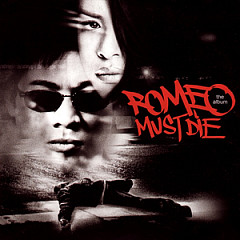
Until December 5, 1998, a song had to be issued as a single to make the Hot 100. Aaliyah's "Try Again" was the first tune to top the chart based on airplay alone, without any sales figures being included.
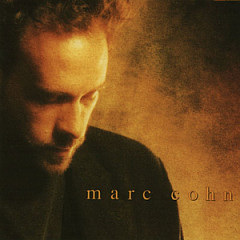
"Walking In Memphis" isn't so much about Memphis as it is The Hollywood Cafe in Mississippi, where Marc Cohn encountered an older woman named Murial playing piano.
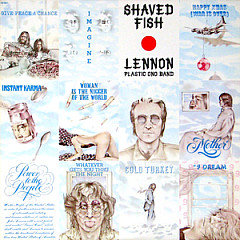
"Happy Xmas (War Is Over)" is based on billboards John Lennon and Yoko Ono posted two years earlier declaring "War Is Over! If You Want It."
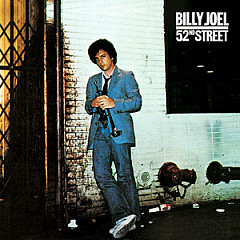
Billy Joel's "My Life" was used as the theme song to the 1980 TV show Bosom Buddies, which starred a young Tom Hanks as a guy who lives in a hotel for women by dressing up as a girl.

Lily Allen wrote "Something's Not Right" for the soundtrack of the Peter Pan prequel, Pan. The song was inspired by the heartache that Allen experienced after suffering a miscarriage when she was six months pregnant with her first child by husband Sam Cooper in 2010.
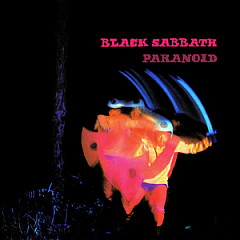
"Paranoid" reflects a feeling Black Sabbath bass player Geezer Butler often felt after using drugs.
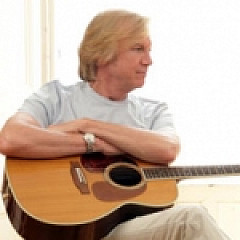
Justin wrote the classic "Nights In White Satin," but his fondest musical memories are from a different decade.
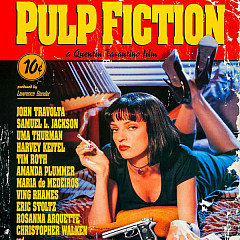
Whether he's splitting ears or burning Nazis, Quentin Tarantino uses memorable music in his films. See if you can match the song to the scene.
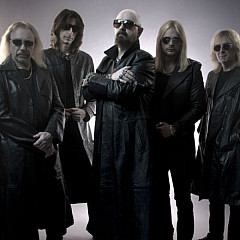
Rob Halford, Richie Faulkner and Glenn Tipton talk twin guitar harmonies and explain how they create songs in Judas Priest.
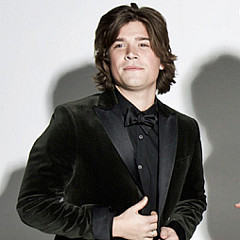
Zac tells the story of Hanson's massive hit "MMMbop," and talks about how brotherly bonds effect their music.
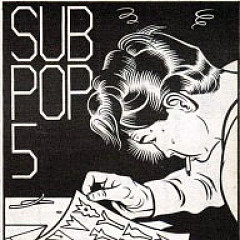
With $50 and a glue stick, Bruce Pavitt created Sub Pop, a fanzine-turned-label that gave the world Nirvana and grunge. He explains how motivated individuals can shift culture.